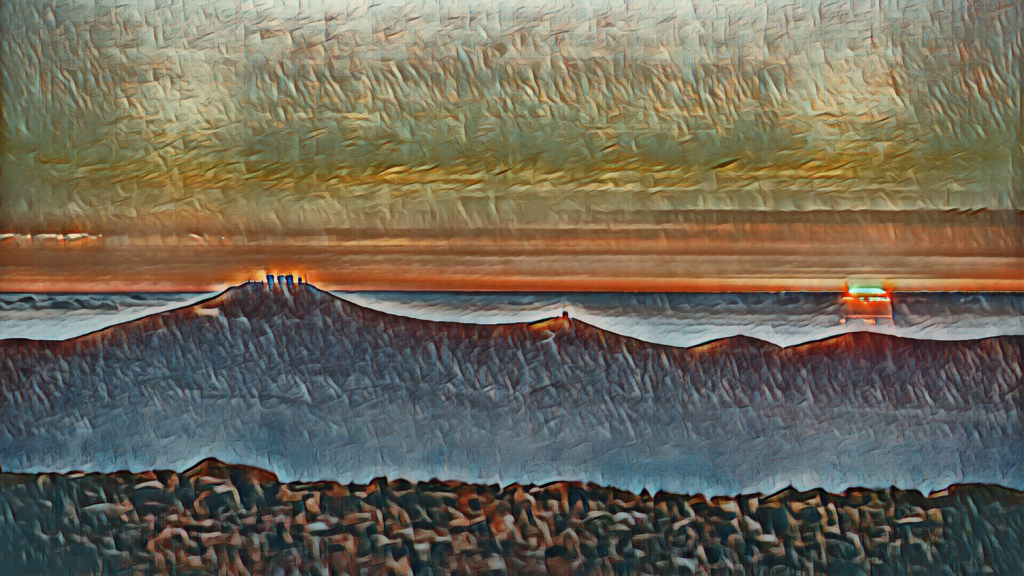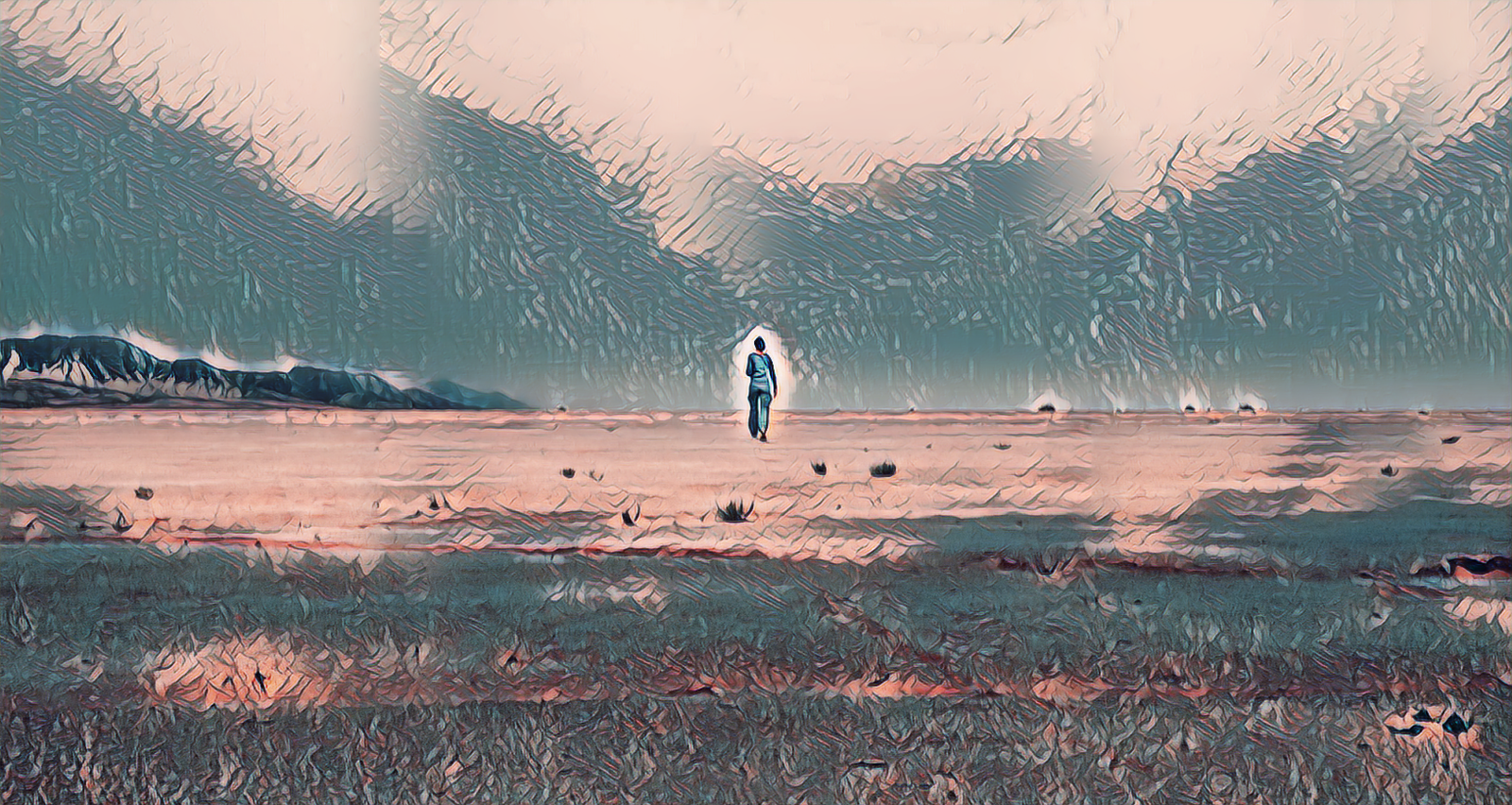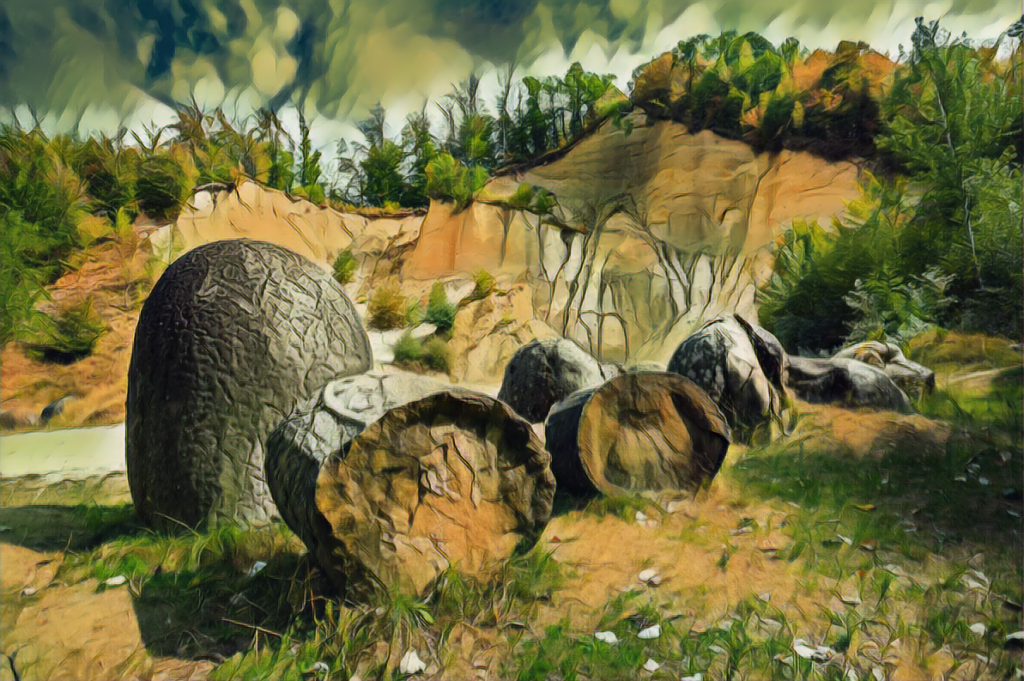Even Extreme Desert Soils Are Absolutely Alive
We’ve already talked here on monsterandgirl.com about some primeval looking creatures that appeared in the desert to crash Burning Man, today is another desert story. This one is in Chile’s Atacama Desert – the driest nonpolar desert in the world, second only to some spots within McMurdo Dry Valley in Antarctica. It is the only hot true desert to receive less precipitation than polar deserts, and the largest fog desert in the world.
I’ve known about living soils in the desert since sometime before I went to the Grand Canyon in 1987. I’m pretty sure my first introduction came from reading, “The Man Who Walked Through Time“, first published four short years after I was born. That book was a major inspiration that led me to the Grand Canyon to work in 1987, that and the work of “Cactus Ed” Abbey. I’m pretty sure I had already read some Ed Abbey before I left for the Grand Canyon; by the time I left there, I had read them all.
So, I came to love the desert by reading authors like Colin Fletcher, Edward Abbey, and John C. VanDyke. While personally immersing myself in the deserts of North America, a set of landscapes and environments I can never explore too much, I see little point in trying to visit another continent to see a desert. The four deserts of North America are mine, so to speak, the rest of the world will just have to share the others.

Monster’s Musings – Soil Is Almost Always Alive
Today’s outbound link for Monster Musings is – In a Fierce Desert, Microbe ‘Crusts’ Show How Life Tamed the Land, from Quanta Magazine. The subtitle – Extreme microorganisms carpeting the Atacama Desert in Chile illuminating how life might have first taken hold on Earth’s surface – tells more. In one of the earth’s most extreme environment, life finds a way. Perhaps, it was an environment like this, on a more hostile earth, where life on our planet began its journey.
Having spotted what looked like lichens on some of the dark pebbles, Jung suspected that something more might inhabit them. Eventually, he picked up a rock, dribbled some water on it from a bottle, and peered at it through his handheld magnifying lens. The face of the black stone erupted with green. The rubble had come alive.
Jung whipped a photosynthesis monitor out of his pack. One tap of its fluorescent blue sensor confirmed that something within the rocks was converting carbon dioxide to oxygen. After Jung’s colleagues, Büdel included, replicated the experiment, they all danced with excitement under the desert sun. Then they lay down on their bellies, eyes fixed on the microbial carpet living in the dust. All around them, the dark patches repeated across the landscape, each one filled with its own microscopic universe.
In a Fierce Desert, Microbe ‘Crusts’ Show How Life Tamed the Land
Soils of the Desert Southwest Are Alive – Same for the Atacama Desert
I’ve know that desert soils in North America were alive for a long long time, probably since the early 1980’s. I’ve lamented the uneducated who trample the soil, opening it up to erosion, and ever spreading destruction. I’ve wanted to knock some heads together when encountering bicyclists creating a destruction most evil, a straight path down a small, otherwise pristine, draw.
That particular form of erosion opens up the soil to being eaten in a straight path, giving water a path to flow and increase speed, the increasing speed always erodes more, an ever biting path, an ever eroding path. Scars like that can grow at astronomical rates, especially on hillsides, anywhere there is a slope. In pictures from a South America study, I’ve seen erosion twice the height of a man in five years.
Will scars like these ever heal? Not in my lifetime.

It would appear that the soils in the Atacama desert both alike, and unlike, the soils of the Desert Southwest. And, it would also appear there’s a lot more to learn.
The grit crusts of Pan de Azúcar have compelled scientists to expand their conception of what biocrusts are, where microbes can survive, and how microbial communities shape the environment around them. They are opening the door for reconsiderations of how Earth and life coevolved over epochs.
Exciting stuff for the world of biology… exciting stuff indeed!





